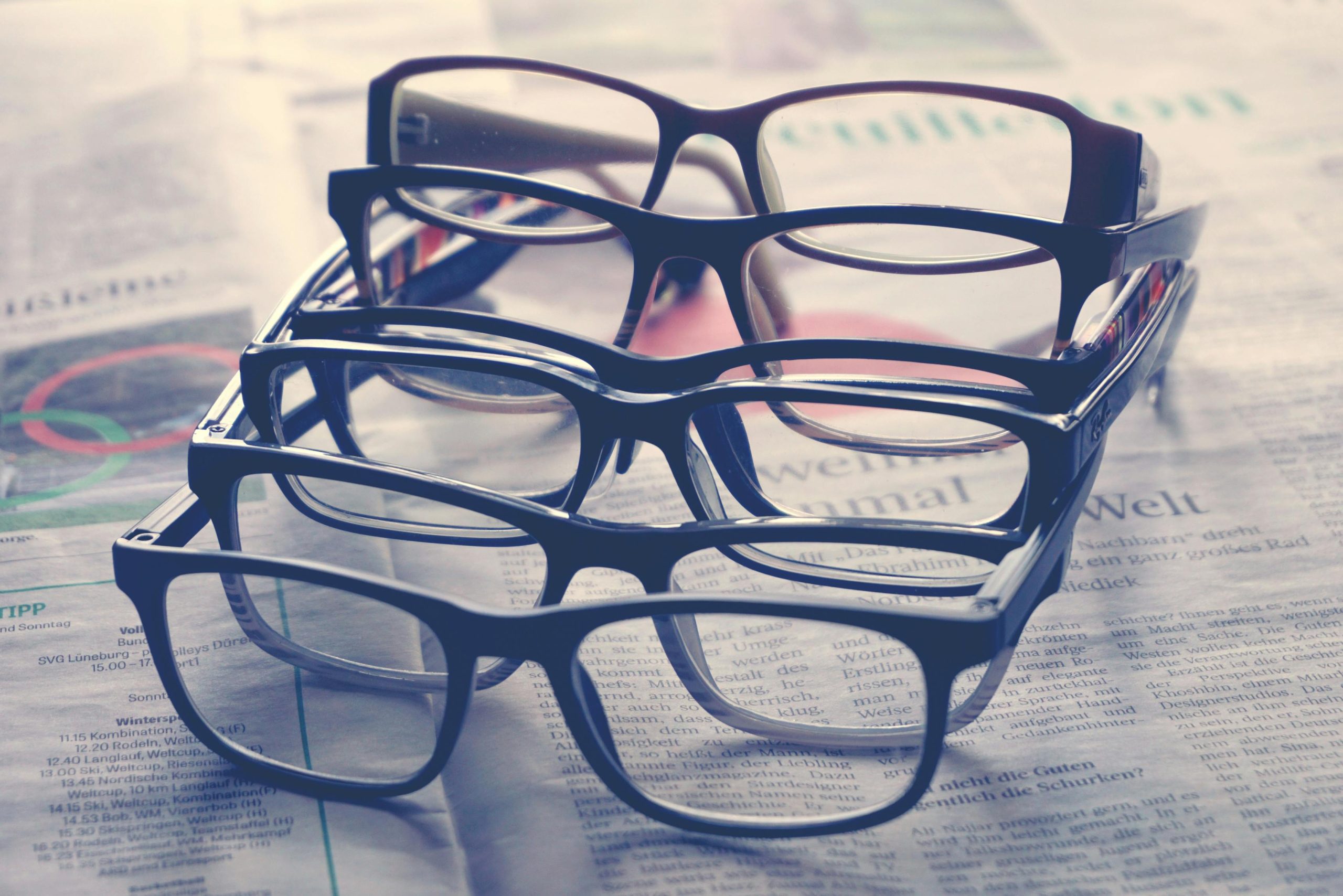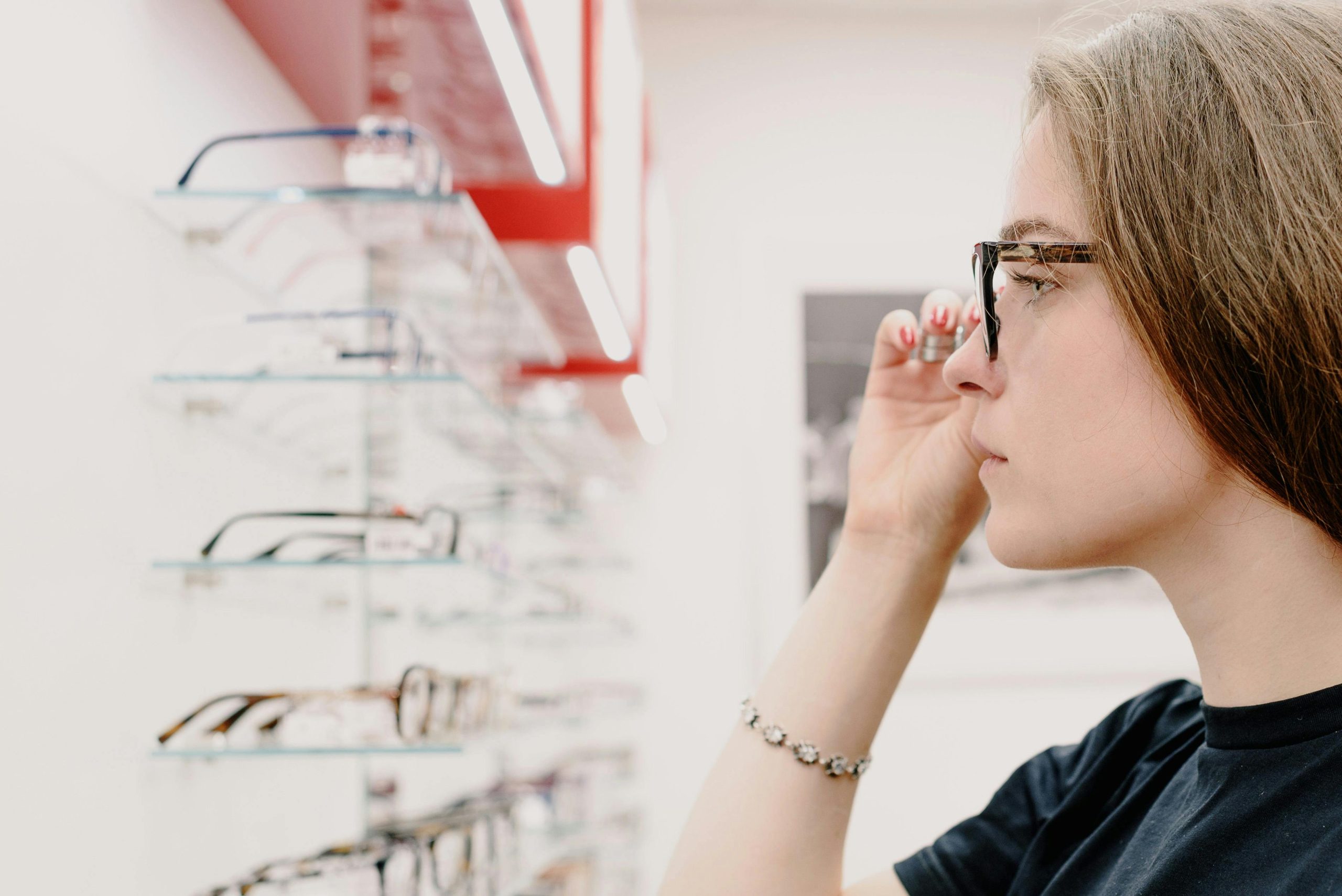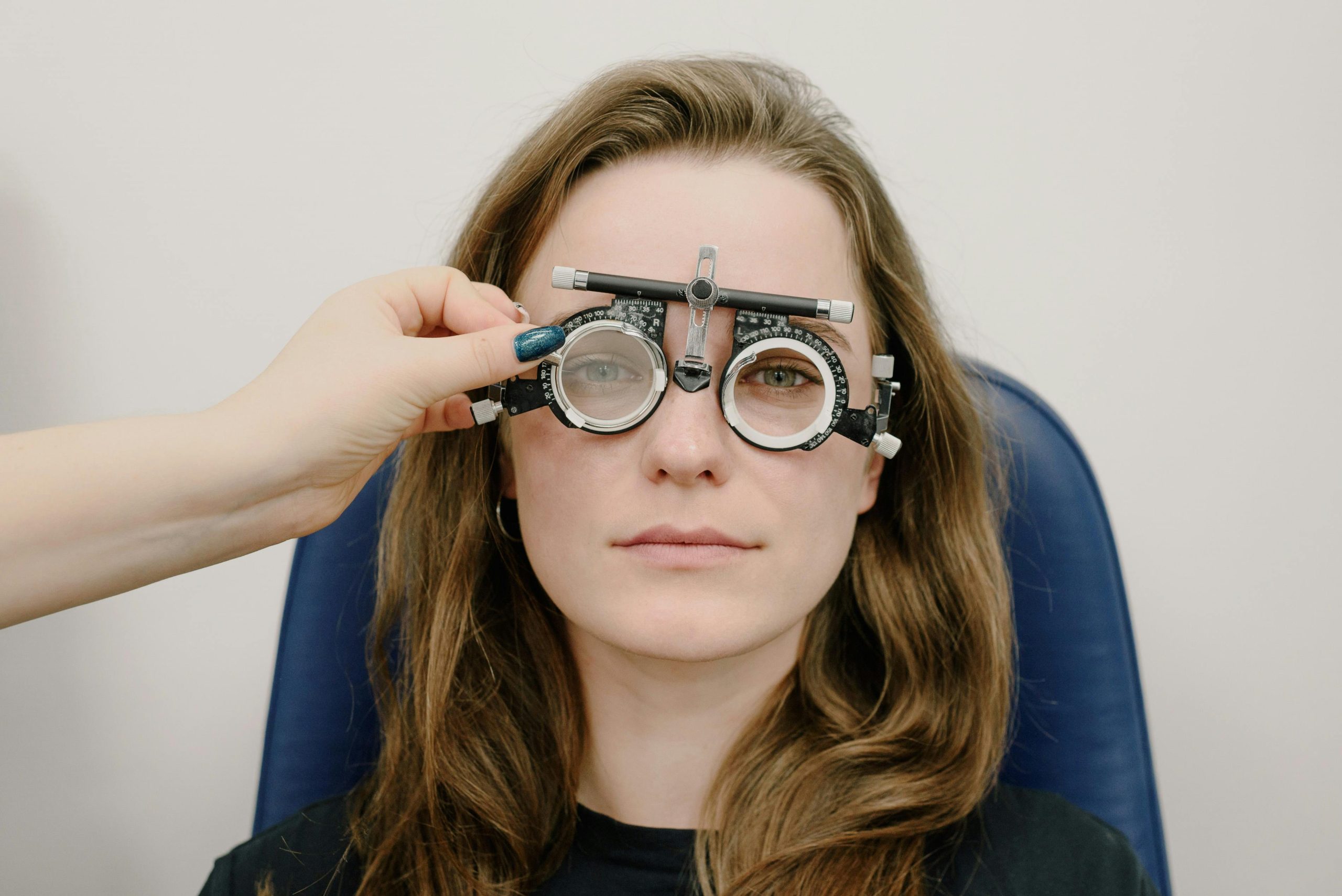Understanding 20/200 Vision

If you’ve ever wondered, “What does 20/200 vision look like?” you’re not alone. This measure of visual acuity can often be confusing, with many people unclear about what it truly means. To put it simply, if you have 20/200 vision, it means that you must be as close as 20 feet to see what a person with normal vision can see at 200 feet. It’s a significant indicator of one’s visual health, and understanding it fully can help ensure you’re taking the right steps to maintain optimal eye health.
Visual Acuity Explained
The term visual acuity refers to the clarity or sharpness of vision. Visual acuity is tested by having individuals read letters on the Snellen chart, a familiar sight in eye doctor’s offices. The results of this test are then expressed in a fraction-like form, such as 20/20 or 20/200 vision. The top number represents the distance you stand from the chart, and the bottom number represents the distance that a person with normal vision can read the same line you just read.
- 20/20 vision is considered normal. You can see clearly at 20 feet what should normally be seen at that distance.
- 20/40 vision means that you can see clearly at 20 feet what should normally be seen at 40 feet.
- 20/200 vision, as we’re focusing on, means that you must be at 20 feet to see what a person with normal vision can see at 200 feet. It’s also the visual acuity threshold for being legally blind in the United States.
Impacts of 20/200 Vision

Having 20/200 vision can significantly impact one’s day-to-day life, affecting everything from reading to driving to identifying faces. It’s important to note, though, that this doesn’t mean those with 20/200 vision can’t see anything beyond 20 feet. Instead, they see things at 20 feet that people with 20/20 vision can see clearly at 200 feet. Things further away are not invisible, but rather blurred or hard to distinguish. The world doesn’t “end” at 20 feet – it just becomes a lot less clear.
Improving Your Vision
The good news is that having 20/200 vision doesn’t mean you’re destined to a life of blurry vision. Many vision problems can be corrected or significantly improved with the right eyewear. Prescription glasses or contact lenses can often bring your vision closer to the 20/20 standard. In some cases, corrective surgery might be an option as well. It’s important to discuss these options with your eye care provider to determine the best approach for you.
If you’re in need of corrective eyewear, Zenni Optical offers a wide range of affordable, high-quality glasses designed to improve your vision and complement your style. Make sure to get regular eye exams to monitor your visual health and ensure you have the right eyewear for your needs. Remember, 20/200 vision isn’t the end of the road. With proper care and the right corrective measures, you can navigate the world with clear, sharp vision. Don’t let numbers intimidate you; instead, let them guide you towards better eye health.





 Canada
Canada